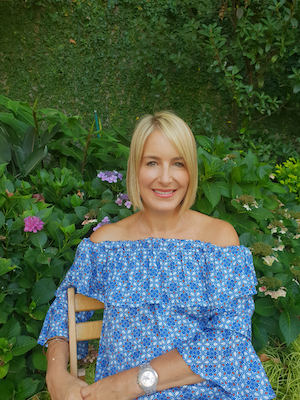If you are wondering about the answer to this question, then it’s most likely that your child is in preschool and not primary school because by the time children are in a more formal school setting with all the demands of sitting at a desk, having a school structure etc., issues of ADHD have already started to present themselves or been diagnosed.
Nearly all preschool-aged children display the core behaviours or symptoms of ADHD – inattention, distractibility, impulsivity and hyperactivity – as part of their normal development. However, as other children gradually begin to grow out of such behaviours, children with ADHD do not and this difference becomes clearer the older the child gets.
So, when looking at the preschool child (three/four-year-olds), it’s easy for parents to feel confused about whether their child’s pattern of activity and behaviour is typical or whether it’s atypical.
The signs and symptoms of ADHD are the same for preschoolers as they are for older children with ADHD – struggling to pay attention, getting bored and distracted quickly, being fidgety, restless or very active, having difficulty waiting and taking their turn, and engaging in risk-taking behaviour. The difference for ADHD is the degree of the symptoms.
The key is to discover whether the child’s behaviour is developmentally age appropriate or not. For instance, one parent observed her child in free play at the end of the school day. She noted that her son ran around wildly and didn’t listen to the teacher’s instructions to “play safe”; when the other children were settling down after activities her son couldn’t and seemed to get more hyped up; when other children were listening to a story being read, her son was rolling around and playing with toys.
Although diagnostically children with ADHD may be diagnosed as young as four years old, usually from teacher reports, assessment on the Conners Comprehensive Behavior Rating Scales™, and collateral evidence from parents, the following questions may help a parent to develop some answers.
Is the behaviour I observe in my child similar to that of other children he encounters; is the behaviour I expect of my child developmentally appropriate for his/her age, do I see a pattern of behaviour when my child engages in various activities, do I see a pattern of behaviour in various settings?
To be diagnosed with ADHD, a child must have a specified number of symptoms for at least six months that occur in more than one area of life, e.g. at home AND at school.
However, diagnosed or not, until the age of five, medication cannot be prescribed. The best treatment plan is behavioural therapy/play therapy for the child as well as parent training to help parents understand ADHD and best manage the ADHD child so that they can function optimally at home and at school.

Lorian Phillips is a clinical psychologist and has been in private practice for the last 21 years. She also parents two ADD/ADHD sons and due to her challenges with her boys, she was motivated to find more constructive ways of dealing with them. This led to her parenting her boys differently and when she saw the results of her alternative parenting style, she developed a parenting course for parents of ADD/ADHD children.
The successful course has been running for the past six years. In addition, Lorian also consults with parents in her private practice to offer guidance and support in working with ADHD children. She has spoken at various schools to help teachers manage the ADHD child in the classroom and has given many talks on parenting the ADHD child including an appearance on 5FM’s Weekend Play Date where she spoke about ADHD management. You can read her parenting blog called ADHD Parenting on her Facebook page.
Lorian Phillipa writes for Impaq. Impaq provides innovative and accessible education solutions.





